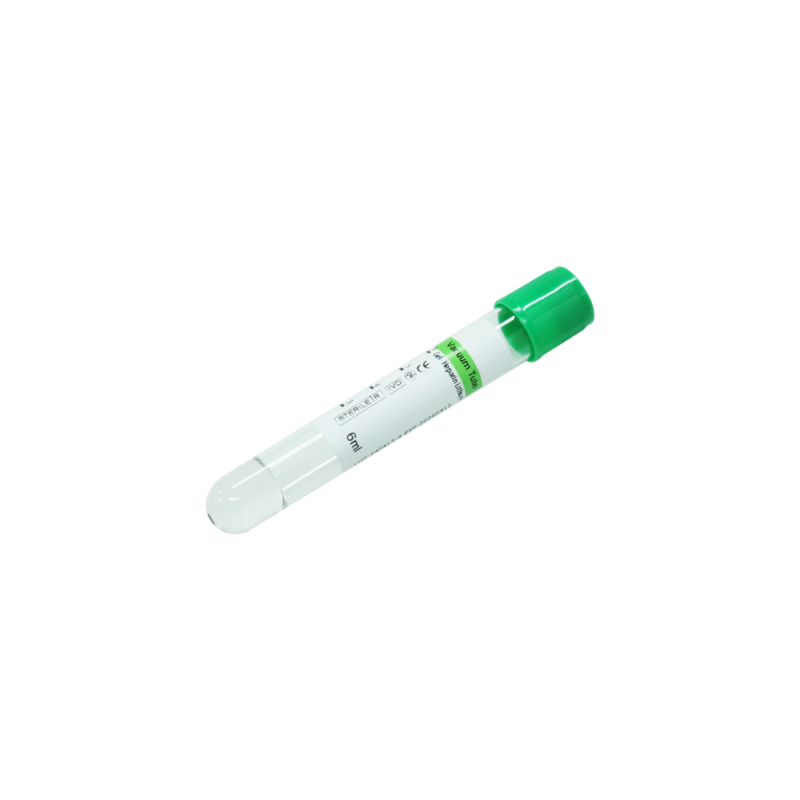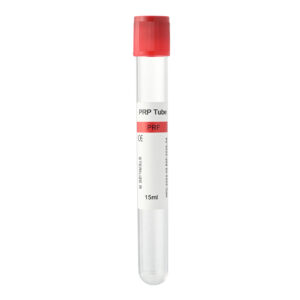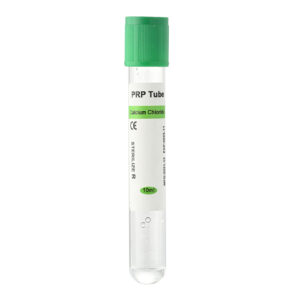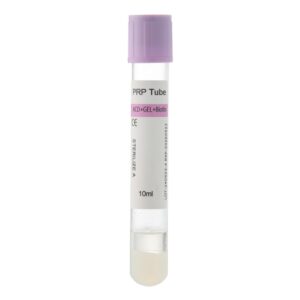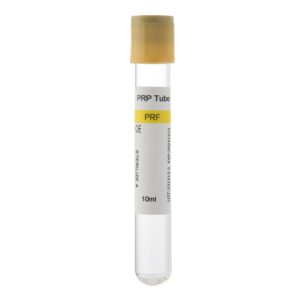Healthcare providers use Gel PRP (Platelet-Rich Plasma) as an advanced technique in regenerative medicine to promote tissue repair and regeneration. Derived from a patient’s blood, PRP is enriched with a high concentration of platelets. Gel PRP takes traditional Platelet-Rich Plasma therapy a step further by combining the PRP with a special gel substance, enhancing its therapeutic effects. This innovative technique has gained widespread use in healthcare, dentistry, and aesthetics, making it a preferred choice for many healthcare professionals and patients.
The Basics of PRP and Gel PRP
PRP is a blood component that contains a high concentration of platelets, which are rich in growth factors that promote tissue healing. Traditional PRP therapy involves injecting this platelet-rich plasma directly into the treatment area. In contrast, Gel PRP involves mixing Platelet-Rich Plasma with a gel material, transforming it into a semi-solid form. This gel allows the Platelet-Rich Plasma to stay in place longer, providing more precise localization and sustained release of growth factors, enhancing the therapeutic outcomes.
The primary difference between PRP and Gel PRP lies in the substance’s physical state. While traditional Platelet-Rich Plasma is liquid and absorbs quickly into tissues, Gel PRP maintains its gel form, allowing it to adhere to the treatment area more effectively. This ensures a prolonged release of growth factors for a more durable result.
Advantages of Gel PRP
- Precise Localization: The gel consistency of Gel Platelet-Rich Plasma ensures it stays in the targeted treatment area longer, allowing growth factors to continue acting where they are most needed, thus enhancing overall efficacy.
- Minimized Trauma: Unlike traditional liquid Platelet-Rich Plasma, Gel Platelet-Rich Plasma causes less tissue trauma during injection. Its sustained effect often reduces the number of injections required, minimizing pain and shortening recovery time for patients.
- Long-lasting Effects: The gel’s structure allows it to remain in the body longer, gradually releasing the growth factors and promoting long-term tissue regeneration and healing.
- Enhanced Therapeutic Results: The unique formulation of Gel PRP improves the absorption of growth factors in the targeted tissues, further boosting the treatment’s effectiveness and clinical outcomes.
Applications
- Orthopedics: Gel PRP has become a key treatment in orthopaedic medicine, especially for bone fractures, joint disorders, and cartilage repair. It helps promote bone regeneration and vascular growth, facilitating faster recovery for patients with chronic arthritis, cartilage injuries, and post-fracture rehabilitation.
- Dentistry: Dental professionals use Gel Platelet-Rich Plasma in procedures such as dental implants, gum restoration, and other oral surgeries. Its ability to accelerate healing makes it highly effective in reducing post-surgical infections and promoting tissue regeneration, particularly after tooth extractions or dental implants.
- Aesthetic Medicine: Gel PRP has gained significant popularity in cosmetic dermatology, particularly for anti-ageing treatments. It addresses fine lines, wrinkles, and skin laxity, helping restore elasticity, radiance, and firmness. Healthcare providers also use Gel PRP for hair regeneration treatments, as it stimulates hair follicle growth and improves hair density in patients experiencing hair loss.
- Wound Healing: Healthcare providers are increasingly using Gel Platelet-Rich Plasma in wound care, especially for burns, surgical incisions, and chronic wounds. Its regenerative properties accelerate the healing process and reduce scar formation, offering a reliable treatment for skin injuries. It is particularly effective in diabetic patients and those with chronic wounds, where traditional healing processes may be delayed.
- Sports Medicine: Healthcare providers widely use Gel PRP to treat soft tissue injuries, tendonitis, ligament damage, and arthritis. It accelerates healing in musculoskeletal injuries by improving blood circulation and tissue repair, enabling athletes and patients to recover more quickly and return to activity.
The Process of Using Gel PRP
- Blood Collection: The process begins with collecting a small amount of blood from the patient, typically between 10 to 30 millilitres.
- Blood Processing: A centrifuge processes the blood to separate the platelet-rich plasma from the other components. This ensures a high concentration of platelets and growth factors.
- Gel Formation: The platelet-rich plasma is mixed with a specific gel component, transforming into Gel Platelet-Rich Plasma. This step is crucial for ensuring that the PRP remains at the injection site longer, providing a sustained release of growth factors.
- Injection Therapy: A healthcare provider injects the Gel PRP into the treatment area. Its gel consistency ensures that it stays precisely in the targeted area, where it can promote tissue healing and regeneration.
- Post-Treatment Care: After the injection, patients may need to follow specific post-treatment care instructions to maximize the results and minimize potential complications, such as infection or inflammation.
Safety and Side Effects of Gel PRP
Since Gel PRP is derived from the patient’s blood, it is generally considered safe and poses a low risk of allergic reactions or immune rejection. This autologous nature of the treatment minimizes the chances of adverse side effects. However, some patients may experience mild swelling, redness, or bruising at the injection site, which typically resolves within a few days. Choosing a qualified healthcare provider is essential to ensure the treatment is performed safely and effectively.
The Future of Gel PRP
As medical technology advances, Gel Platelet-Rich Plasma continues to gain attention for its potential across various medical fields. Beyond wound healing and tissue regeneration, it holds promise in treating chronic diseases, acute injuries, and even anti-ageing procedures. Ongoing clinical trials and research expect Gel PRP to play an even larger role in the future of regenerative medicine.
Conclusion
Gel Platelet-Rich Plasma represents a significant advancement in the field of regenerative medicine. Its ability to enhance the effectiveness of traditional PRP therapy makes it a powerful tool in treating orthopaedic injuries, dental procedures, aesthetic concerns, wound healing, and sports medicine. Its gel formulation’s sustained release of growth factors allows for more precise and long-lasting therapeutic results.

